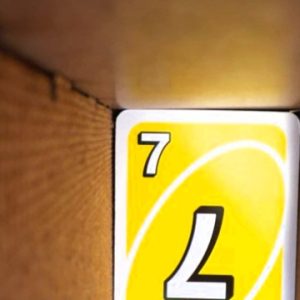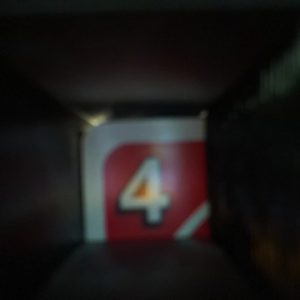On the software side, the ML model is still the biggest risk. We will be collecting image data next week which will allow us to train and verify the accuracy of our model, but it is still unknown as of right now.
On the hardware side, as mentioned in Thomas’s status report, we just have to keep trying to calibrate the dispenser until it meets our design requirements on one card dispensing. Chassis rotation accuracy and latency seem to be resolved at the moment with some testing done already.
In terms of design changes, we reorganized the structure of the UNO controller to expose a standard interface for controlling the UNO game. This made it easy to swap out a software controller for debugging and the actual hardware controller that will move motors and take pictures.
The physical structure of the outer chassis has been modified to reduce weight, gain more visibility on the cards, and easily take out the cards from the play pile.
There is no major schedule change. Following is a photo of the new chassis with the dispenser on top.

Additional Questions:
A was written by David, B was written by Thomas, and C was written by Jason.
Part A (Global): In terms of global factors, our product helps bring together people to enjoy the game of UNO no matter where they are. Through the live spectator feature on our website, people can watch the games that are being played in real-time. This means even if their friends are across the globe, they can still watch alongside. This is also a great advantage for tournaments as thousands of people can tune in to watch the various tournament games happening at the same time. As long as someone has an internet connection, they can view every detail of the game.
Part B(Cultural): While UNO is the most popular card game in the USA, it doesn’t have as much recognition in other countries, especially in Asian countries. One issue about the game is even among people who know how to play the game, depending on where and who they played the game with, they can have their own sets of rules. Part of the stretch goal of our machine is to have configurable rulesets on top of the official rules. If there’s a dominant ruleset in the region, the machine could use specific rulesets outside of the official one. When people with different backgrounds and rulesets want to play together, it will be easier to keep track of everything with one ruleset enforced by the machine. In summary, our machine will not only help spread a family-friendly game over different cultures by serving as a learning platform but also help facilitate social interactions throughout the game while avoiding arguments over rules while playing with people within and across different cultures.
Part C (Environmental): Our UNO machine itself is designed to be a relatively low-power machine to reduce its carbon footprint as much as possible. For example, we chose as small of motors as we possibly could for the tasks we needed. We used a small servo + DC motor combo for the card dealer since we do not need much accuracy or power. On top of that, the motors are completely off until the control flow requires that we dispense a card or rotate the machine. This should help to mitigate power consumption, reducing a potential negative impact on the environment. Also, with the increase in major UNO tournaments, our product would make it more possible for people to view the tournament from afar through the website. This means we would reduce travel and save the environment that way.





